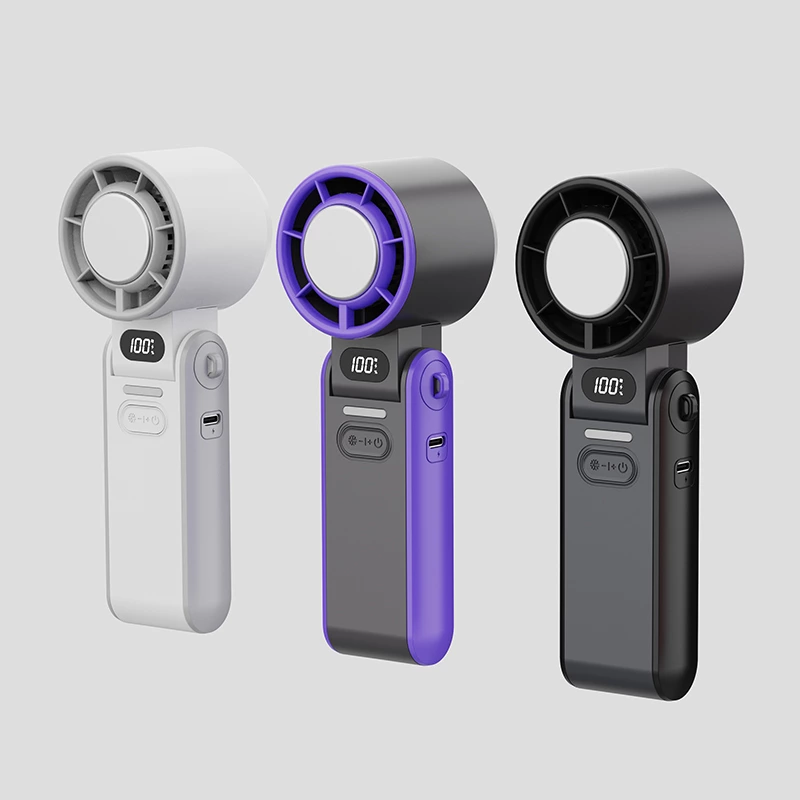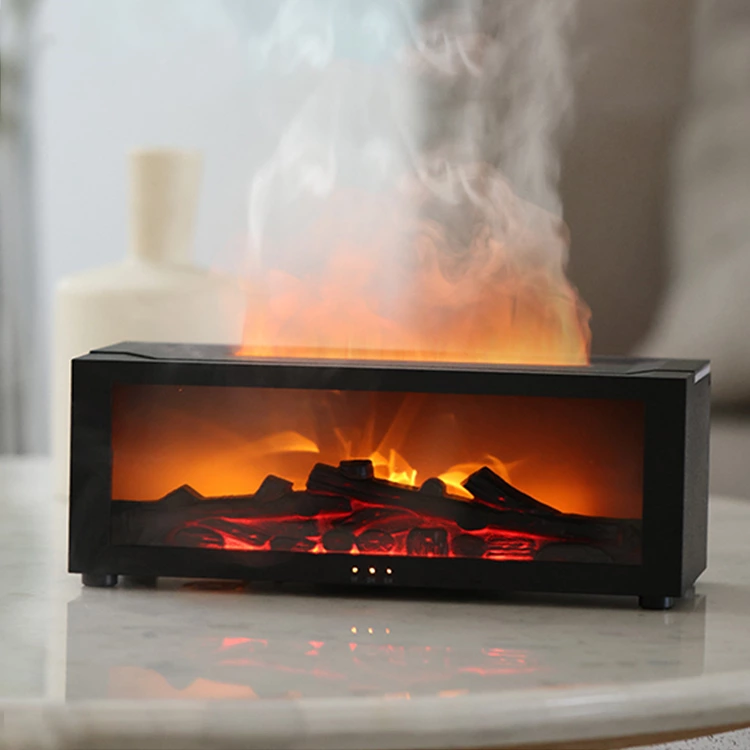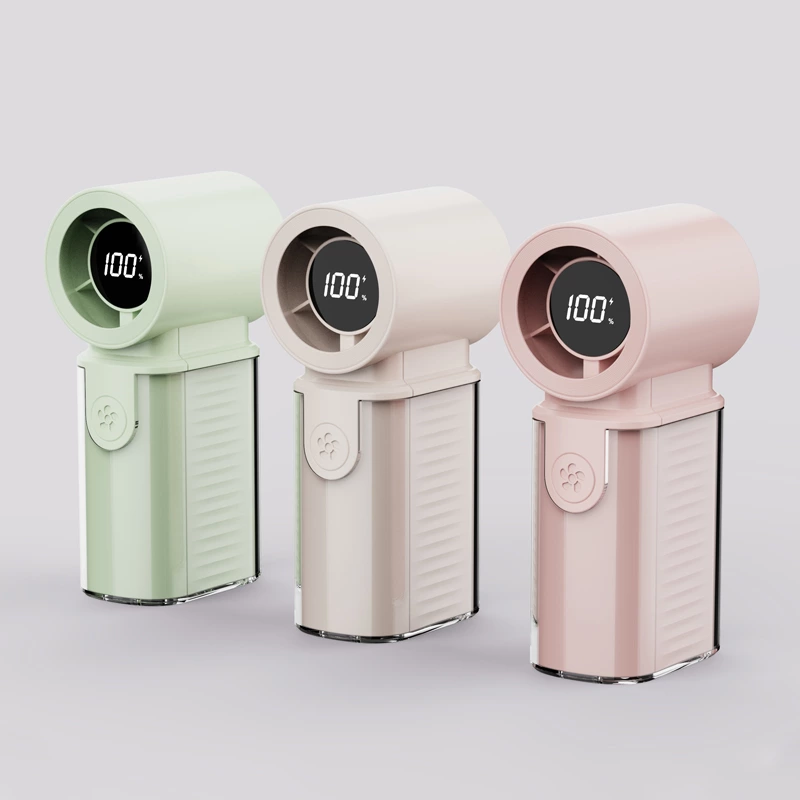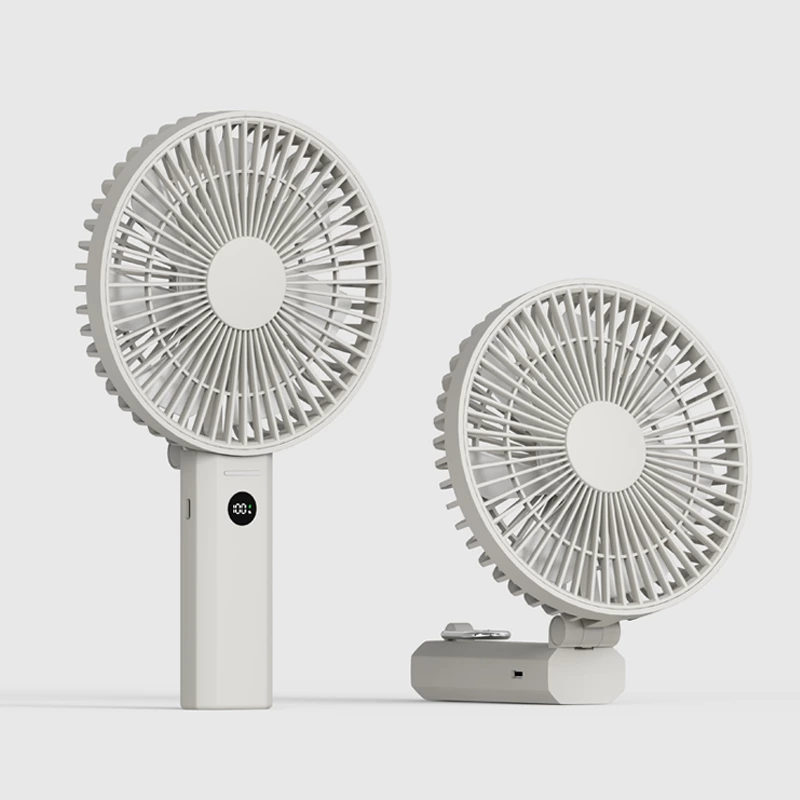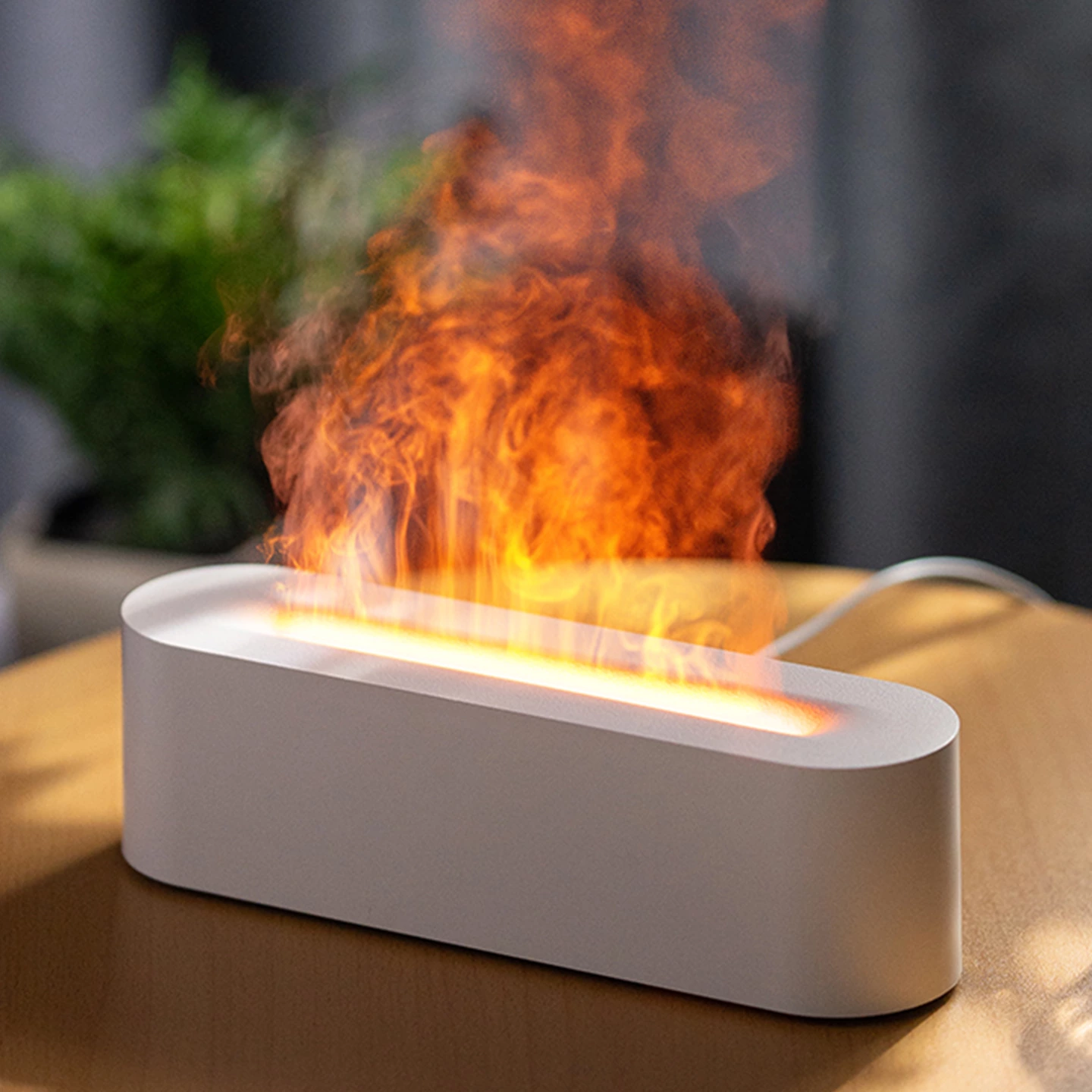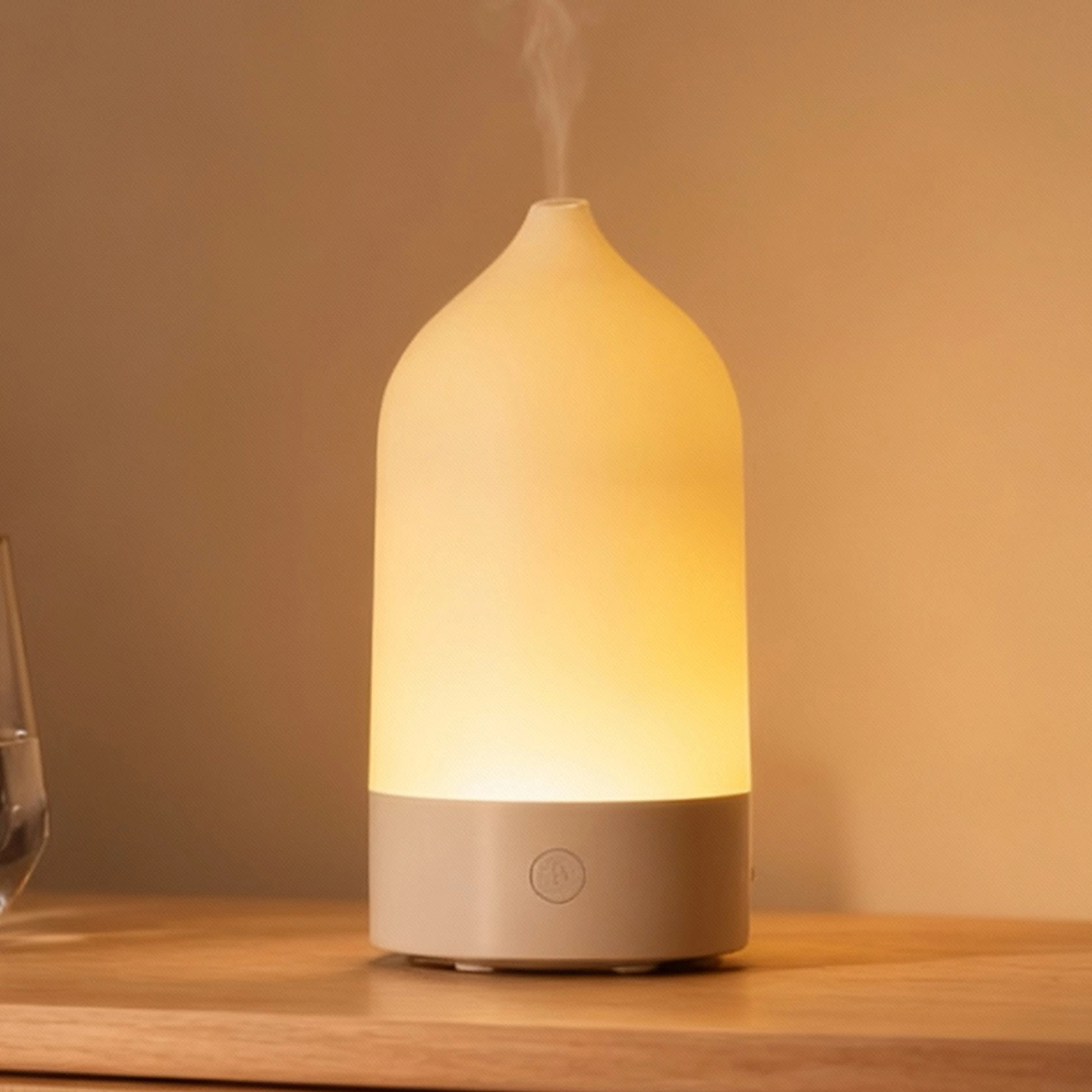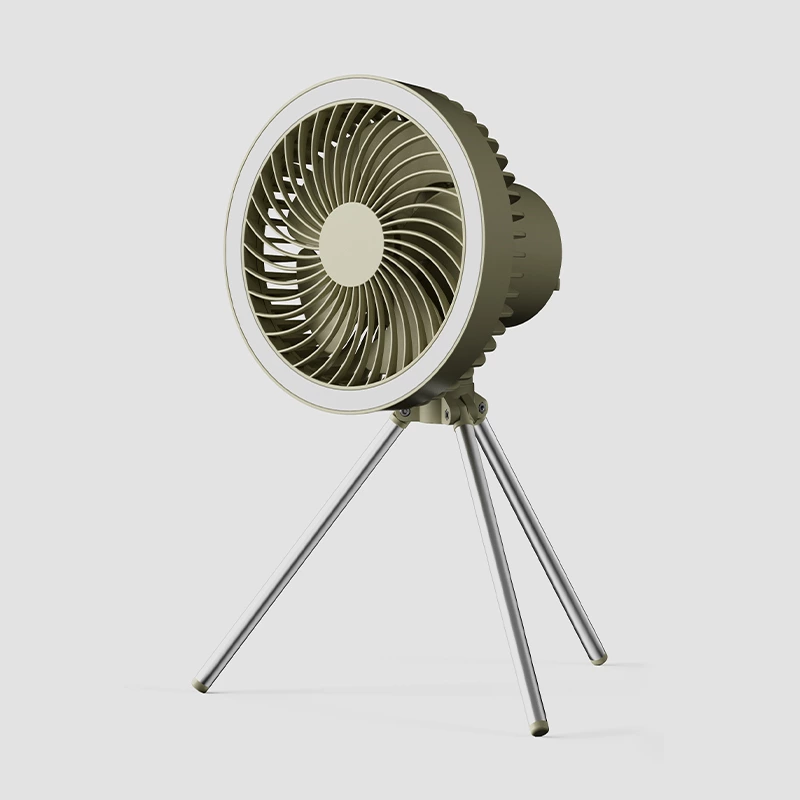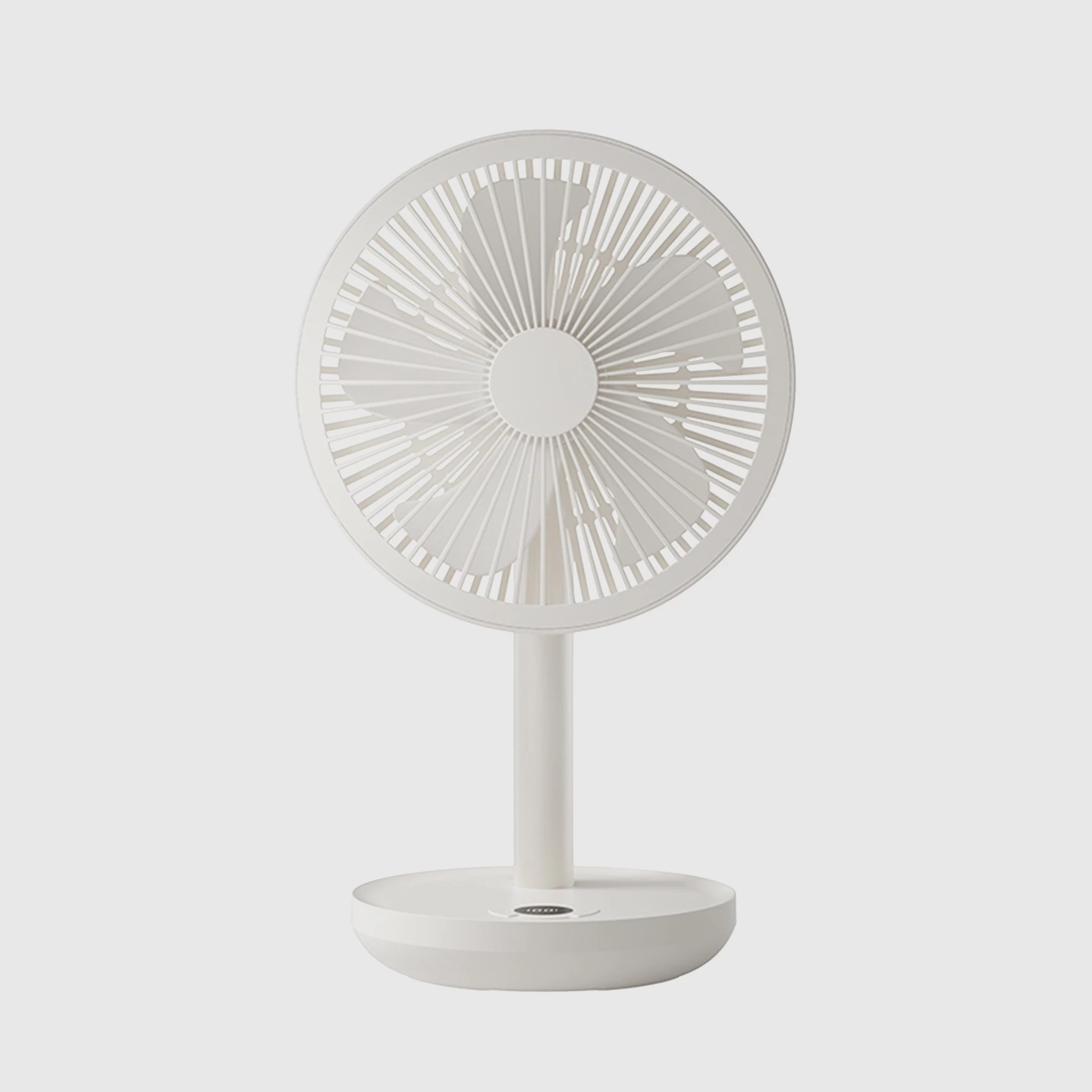Do You Need to Change the Cotton Swabs in Your Humidifier Regularly? Understanding the Impact on Lung Health
Humidifiers are a popular household appliance, especially during the dry winter months. They add moisture to the air, helping to alleviate dry skin, nasal congestion, and other symptoms caused by low humidity. However, like any device that involves water, humidifiers require proper maintenance to ensure they remain safe and effective. One common question among users is whether the cotton swabs or wicks inside a humidifier need to be replaced regularly. Additionally, there are concerns about the potential growth of bacteria and its impact on lung health. Let’s dive into these questions and explore the importance of proper humidifier maintenance.
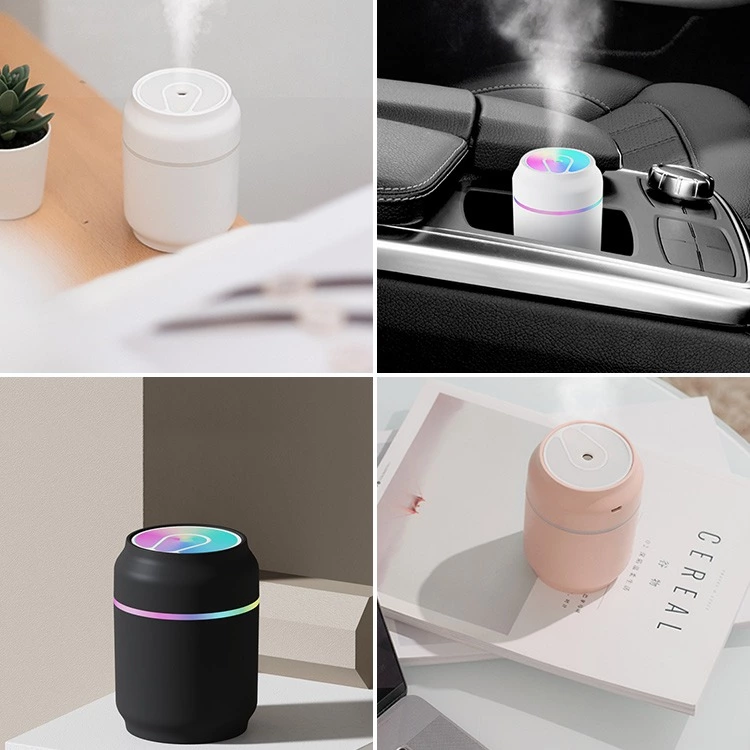
Why Do Humidifiers Use Cotton Swabs or Wicks?
Many humidifiers, especially smaller or portable models, use cotton swabs or wicks to absorb water from the tank and help disperse it into the air as a fine mist. The cotton material acts as a filter, drawing water up from the reservoir and into the device’s ultrasonic or evaporative mechanism. This process creates the mist that is released into the air, increasing humidity levels in the room.
Do Cotton Swabs in Humidifiers Need to Be Replaced?
Yes, the cotton swabs or wicks in humidifiers need to be replaced regularly. Here’s why:
-
Preventing Bacteria and Mold Growth
- Over time, the cotton swabs can become a breeding ground for bacteria, mold, and other microorganisms. This is especially true if the water in the humidifier is not changed frequently or if the device is not cleaned regularly. A damp environment combined with organic material (like a cotton swab) is ideal for bacteria and mold growth.
-
Maintaining Effective Humidification
- Cotton swabs that are dirty or clogged with mineral deposits from hard water can reduce the efficiency of your humidifier. They may block the proper flow of water and prevent the device from producing mist effectively. Regular replacement ensures optimal performance and consistent humidity levels.
-
Ensuring Clean Air
- Replacing the cotton swabs helps ensure that the mist being dispersed is free from contaminants. Old or dirty swabs can contribute to the release of bacteria, mold spores, or other particles into the air, which can be harmful when inhaled.
How Often Should You Replace the Cotton Swabs?
The frequency of replacement depends on several factors, including the type of humidifier, the quality of the water used, and how often the device is operated. Generally, it's a good idea to replace the cotton swabs every 1-3 months. However, if you notice any discoloration, a musty smell, or a decrease in mist production, it may be time to replace them sooner. Always check the manufacturer's guidelines for specific recommendations.
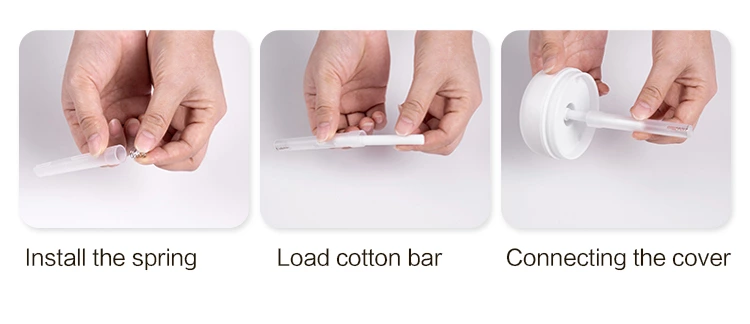
Can Bacteria in Humidifiers Affect Your Lung Health?
Yes, bacteria and mold that grow in humidifiers can negatively impact lung health, particularly for individuals with respiratory conditions such as asthma or allergies, and even for healthy people. Here’s how:
-
Risk of Inhaling Contaminants
- When a humidifier is not properly cleaned or maintained, bacteria, mold spores, and other harmful particles can be released into the air along with the mist. Inhaling these contaminants can irritate the respiratory tract, leading to symptoms like coughing, sneezing, sore throat, or even more serious respiratory infections.
-
Humidifier Lung
- In some cases, prolonged exposure to contaminated mist from a dirty humidifier can lead to a condition known as "humidifier lung" or hypersensitivity pneumonitis. This is an inflammatory reaction in the lungs caused by inhaling organic dust, mold spores, or chemicals. Symptoms may include coughing, shortness of breath, fever, and fatigue. If left untreated, this condition can cause long-term lung damage.
-
Worsening of Existing Conditions
- For people with pre-existing respiratory conditions, such as asthma or chronic obstructive pulmonary disease (COPD), inhaling contaminated mist can trigger flare-ups or worsen symptoms. It is crucial to maintain a clean humidifier to prevent any additional strain on the lungs.
Tips for Maintaining a Clean Humidifier
To ensure that your humidifier remains a healthy addition to your home, follow these maintenance tips:
-
Replace Cotton Swabs or Wicks Regularly:
- Follow the manufacturer's recommendations for replacing cotton swabs or wicks, usually every 1-3 months, or sooner if there are signs of contamination.
-
Use Distilled or Filtered Water:
- Tap water can contain minerals that may promote bacterial growth or create deposits in the humidifier. Using distilled or filtered water can help reduce these risks.
-
Clean the Humidifier Frequently:
- Empty the water tank daily, and clean it thoroughly with a mild detergent and water. At least once a week, disinfect the humidifier with a solution of water and white vinegar or a diluted bleach solution (check your humidifier's manual for specific instructions).
-
Keep the Humidifier Dry When Not in Use:
- If you are not using the humidifier, make sure to empty and dry it completely to prevent mold and bacteria growth.
-
Monitor Humidity Levels:
- Keep indoor humidity levels between 30% and 50%. Excessive humidity can promote the growth of mold and dust mites, which can worsen respiratory issues.
Conclusion
Regularly replacing the cotton swabs in your humidifier is essential to prevent bacteria and mold growth, maintain effective humidification, and ensure clean air quality. Failing to do so can lead to respiratory issues and potentially serious health problems. By taking proper care of your humidifier and keeping it clean, you can enjoy the benefits of increased humidity without compromising your lung health.

